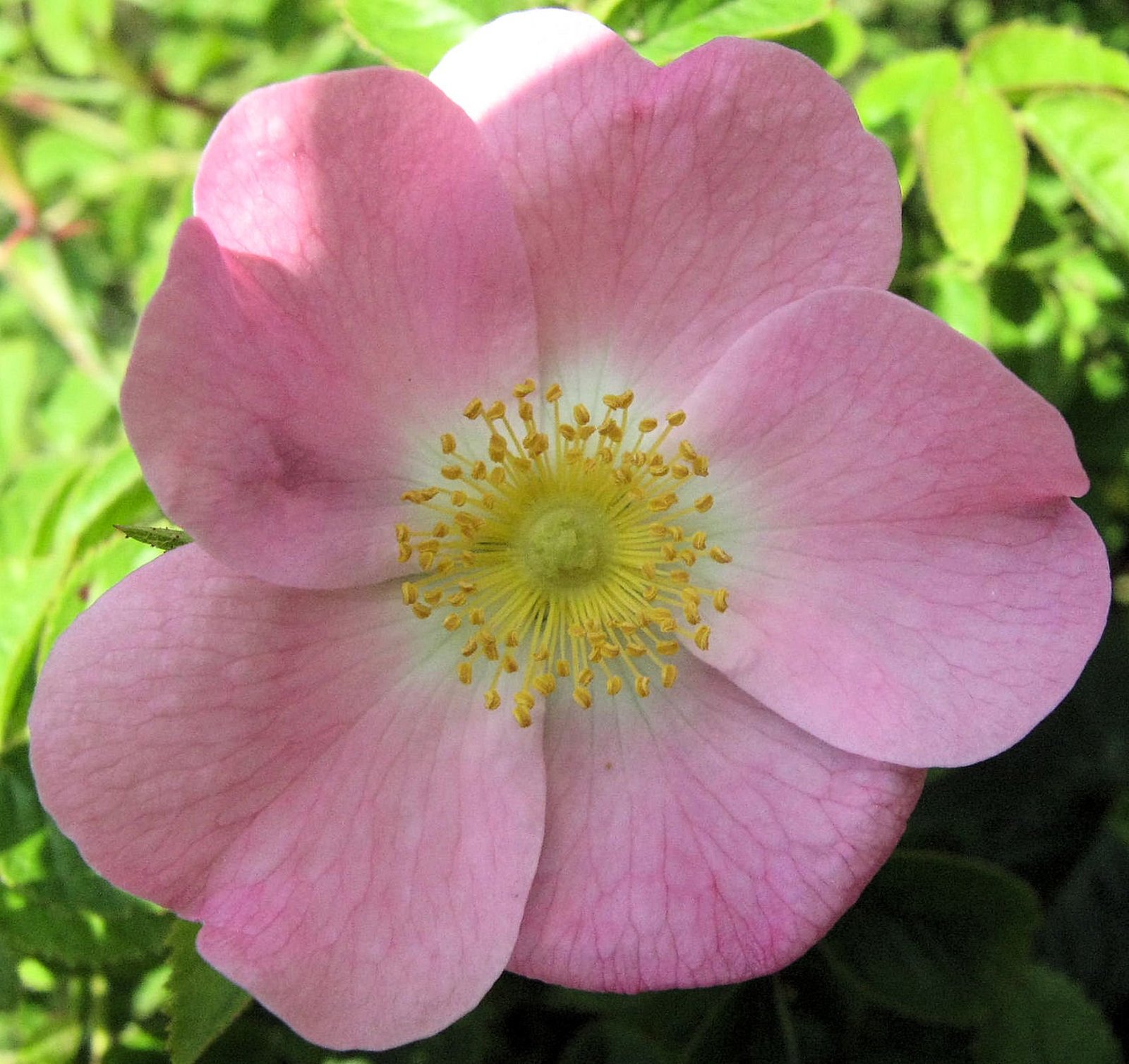What are the Optimal Types of Roses for Pressing?

 , licensed under CC BY-SA 2.0
, licensed under CC BY-SA 2.0When it comes to pressing roses, the choice of rose variety is crucial for achieving the best results. Opt for roses with single or semi-double petals, as they press more easily than those with thick or double petals. Varieties like Queen Elizabeth, Mr. Lincoln, and Chrysler Imperial are recommended due to their sturdy petals and vibrant colors. Roses with fewer layers of petals, such as rambling roses, dog roses, and wild roses, press well and retain their color better. Avoid roses with thick or double petals, as they can be challenging to press and may lose their color. Paler roses can be more challenging to preserve with attractive color, often turning brown when dried. Brighter colored roses, like the bright pink rambling roses, tend to retain their color, although they may slightly change hue.
How to Press and Dry Roses Step-by-Step?

Materials Needed
- Fresh roses
- Blotting paper or tissue paper
- Weights or a flower press
- A clean, porous surface
Steps
- Select Fresh Roses: Choose roses that are slightly open and have vibrant colors and healthy petals. Fresh roses press better and retain their natural beauty longer.
- Prepare the Roses: Shake off any hidden bugs and stand the roses in a vase of water indoors to allow moisture to evaporate from the flower head and stem. This step is crucial for maintaining good color.
- Lay Out the Roses: Place the roses flat on a clean, porous surface such as blotting paper or tissue paper. Ensure the petals are evenly spread and not overlapping.
- Add Blotting Paper: Place additional layers of blotting paper or tissue paper on top of the petals and under the stem and calyx. This helps absorb moisture and prevent rotting.
- Apply Pressure: Use weights or a flower press to apply even pressure across the rose. This helps flatten the rose and speed up the drying process.
- Drying Time: Leave the roses pressed for approximately three to four weeks until they are fully dried and flattened. The exact time may vary depending on the thickness of the petals and environmental conditions.
What are the Ideal Environmental Conditions for Drying Roses?
Low humidity is ideal for drying roses, as high humidity can lead to mold and damage. Ensure the area is well-ventilated to speed up the drying process. A moderate temperature range is best, around 20-25°C or 68-77°F. Avoid extreme temperatures, as they can affect the color retention and drying speed of the roses.
What are the Best Preservation Techniques Post-Drying?
Sealing Methods
Once the roses are fully dry, you can seal them to protect them from moisture and dust. Use a clear varnish or a spray sealant specifically designed for pressed flowers. Apply a thin layer to avoid altering the appearance of the roses.
Display Options
- Frames: Use acid-free paper and frames to display your pressed roses. This helps prevent yellowing and damage over time.
- Crafts: Incorporate pressed roses into various crafts such as pressed flower art, embroidery kits, or delicate flower arrangements.
- Storage: Store pressed roses in a dry, cool place away from direct sunlight. Use airtight containers or envelopes to keep them protected.
Reference:
1. The Best Pressed Roses For Art – Contempfleury
2. Preserve Your Blooms: How to Press a Rose Effectively – EverBlossom
3. The best flowers for pressing – Floreat Floral
